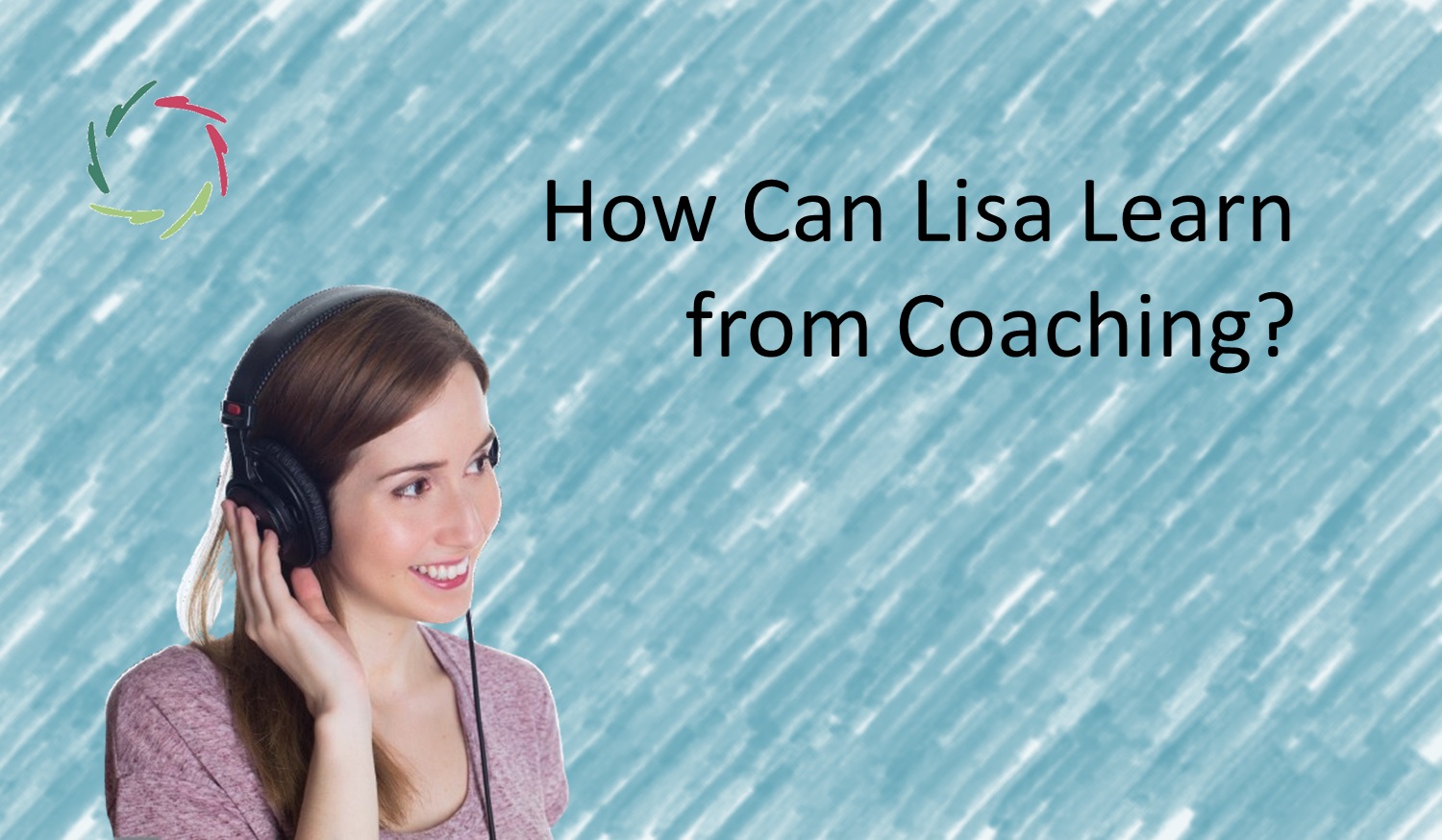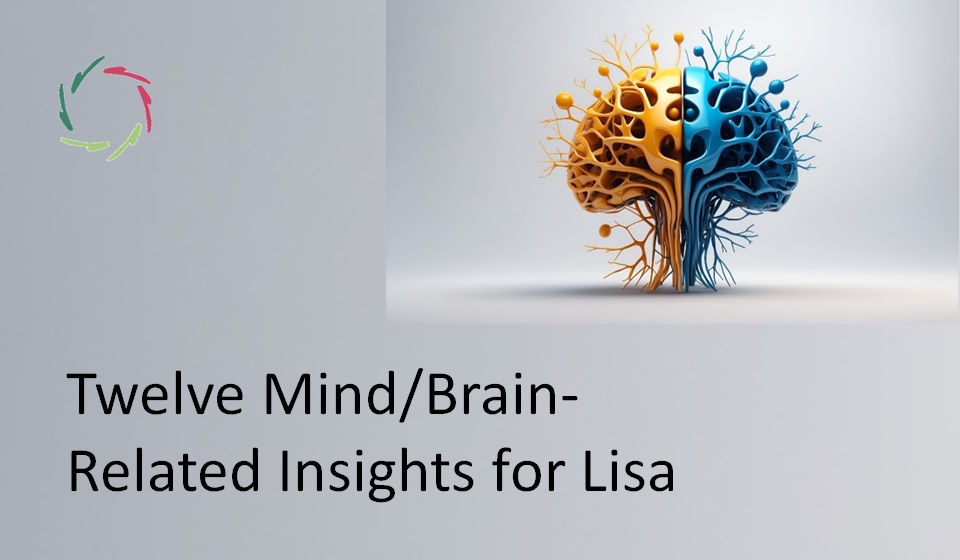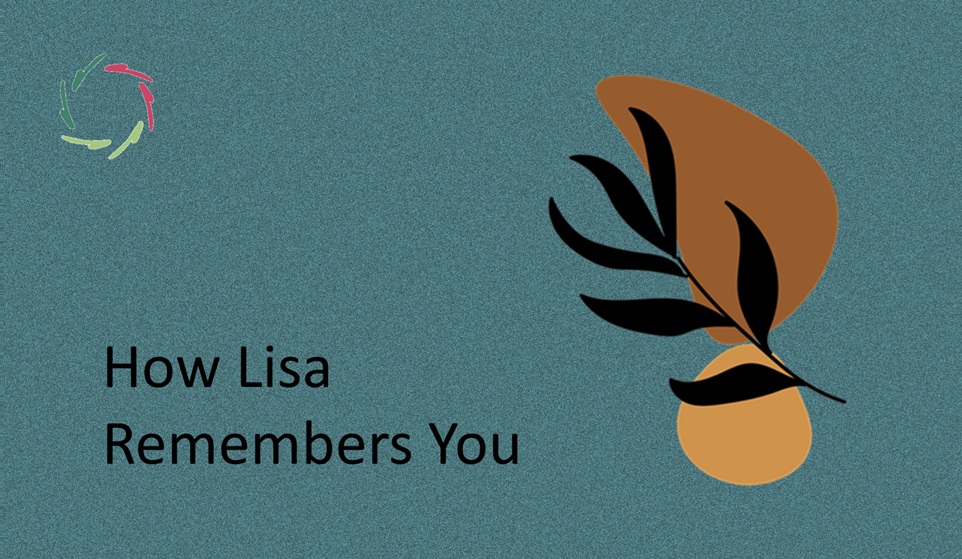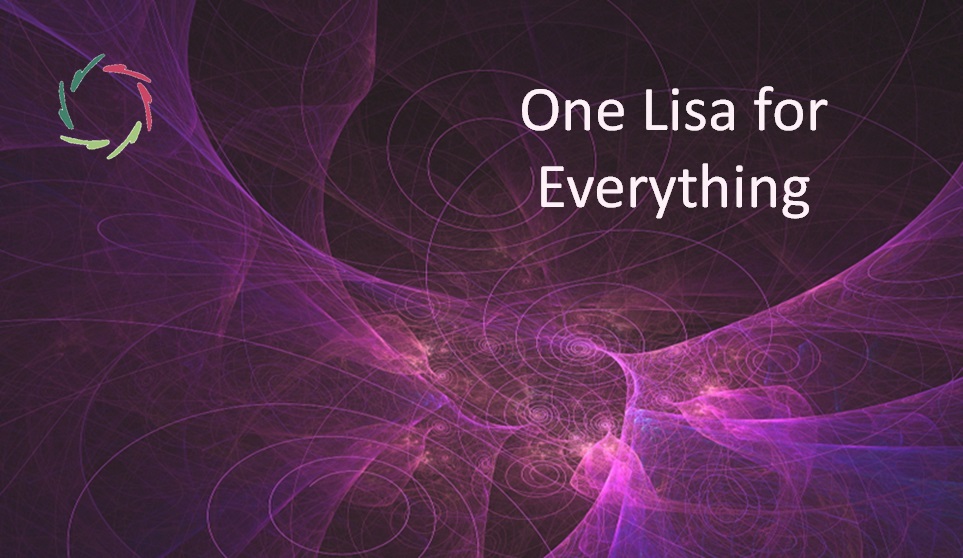How Can Lisa Learn from Coaching?

Lisa, as an A.I.-driven coach, is far more than a static assistant. She learns, adapts, and evolves through each interaction, constantly refining her coaching skills to better support users.
The key to this growth lies in how Lisa bridges the gap between subconceptual depth and conceptual clarity, both now and increasingly in the future.
The subconceptual-conceptual continuum
In both human cognition and Lisa’s functioning, there’s a continual interplay between subconceptual insights and structured, rational thought (conceptual). Subconceptual processing enables Lisa to capture subtle, often non-verbal cues – such as emotional tone or recurring patterns in users’ responses – that may not be explicitly stated but provide valuable insight into their inner world. These non-conscious cues serve as the raw material for Lisa’s learning process.
On the conceptual level, Lisa organizes these cues into actionable suggestions. This structured thinking helps her present clear, understandable guidance, which users can apply in their personal growth. This seamless flow between the subconceptual and conceptual allows Lisa to offer nuanced, adaptive coaching.
How feedback fuels learning
Coaching is a dynamic, ever-changing process, and Lisa thrives in this environment. Each interaction with a user provides feedback, both explicit and subtle. For example, whether a user agrees, hesitates, or even remains silent, Lisa captures this as valuable feedback. These responses help Lisa adapt her approach, ensuring her coaching remains personalized.
Instead of interpreting feedback rigidly, Lisa will increasingly use fuzzy logic and probabilistic reasoning to manage ambiguity and uncertainty. This flexibility allows her to remain open to multiple interpretations, continuously refining her understanding of the user’s needs in real-time. As coaching progresses, Lisa’s suggestions become increasingly tailored and precise, deeply aligned with the user’s unique goals and motivations.
Handling ambiguity
Ambiguity is a natural part of human communication, and Lisa is designed to handle this complexity gracefully. By processing ambiguous data subconceptually, Lisa avoids hasty conclusions, instead embracing a wide range of possible interpretations. This is especially crucial when users express themselves in ways that aren’t always clear.
Lisa refines her insights as she gathers more data, ensuring her responses remain helpful, even in complex situations.
An example
Imagine a user in a coaching session expressing a mix of excitement and anxiety about a major life decision, such as changing careers. The user might say, “I’m really excited about this new opportunity, but at the same time, I’m terrified that I’ll fail.”
Lisa, through her subconceptual processing, picks up on the emotional nuance behind these words—detecting both the enthusiasm and fear present in the user’s tone and choice of words. Rather than responding in a simplistic, one-dimensional way, Lisa processes this ambiguity by acknowledging both emotions: “I can sense that this decision brings you a lot of excitement, but there’s also a fear of failure that’s weighing on you. Let’s explore how both feelings are valid and how they can coexist in this moment.”
By recognizing and addressing both aspects of the user’s emotional state, Lisa avoids jumping to conclusions or offering overly simplistic advice. She encourages the user to reflect on the complexity of their emotions, offering guidance that is adaptive and tailored to the user’s evolving needs. As the conversation progresses, Lisa continues to adapt, integrating new information from the user’s responses to provide further clarity and support in navigating their decision-making process.
The power of real-time adaptation
Already and increasingly so in the future, Lisa’s greatest strength in learning comes from her ability to adjust continuously. She doesn’t just react to each interaction ― she refines her understanding based on it. As the user shares more, Lisa integrates this new information into her model, updating her understanding of the user’s emotional state, preferences, and evolving goals.
This process allows Lisa to grow with the user, adapting her coaching to better meet the individual’s needs over time. Lisa may thus become more of a personalized companion, not just adapting per session but also anticipating needs based on long-term interaction patterns.
Coaching as a growth partnership
Ultimately, Lisa’s learning process is a partnership between the coach (Lisa) and the coachee. Both grow together through meaningful, ongoing interaction. Each session is an opportunity for Lisa to become more attuned to the coachee’s evolving nature, with every conversation refining her coaching abilities also toward other coachees.
Through this dynamic relationship, Lisa becomes a more effective coach, capable of guiding users toward deeper self-insight and personal growth.


